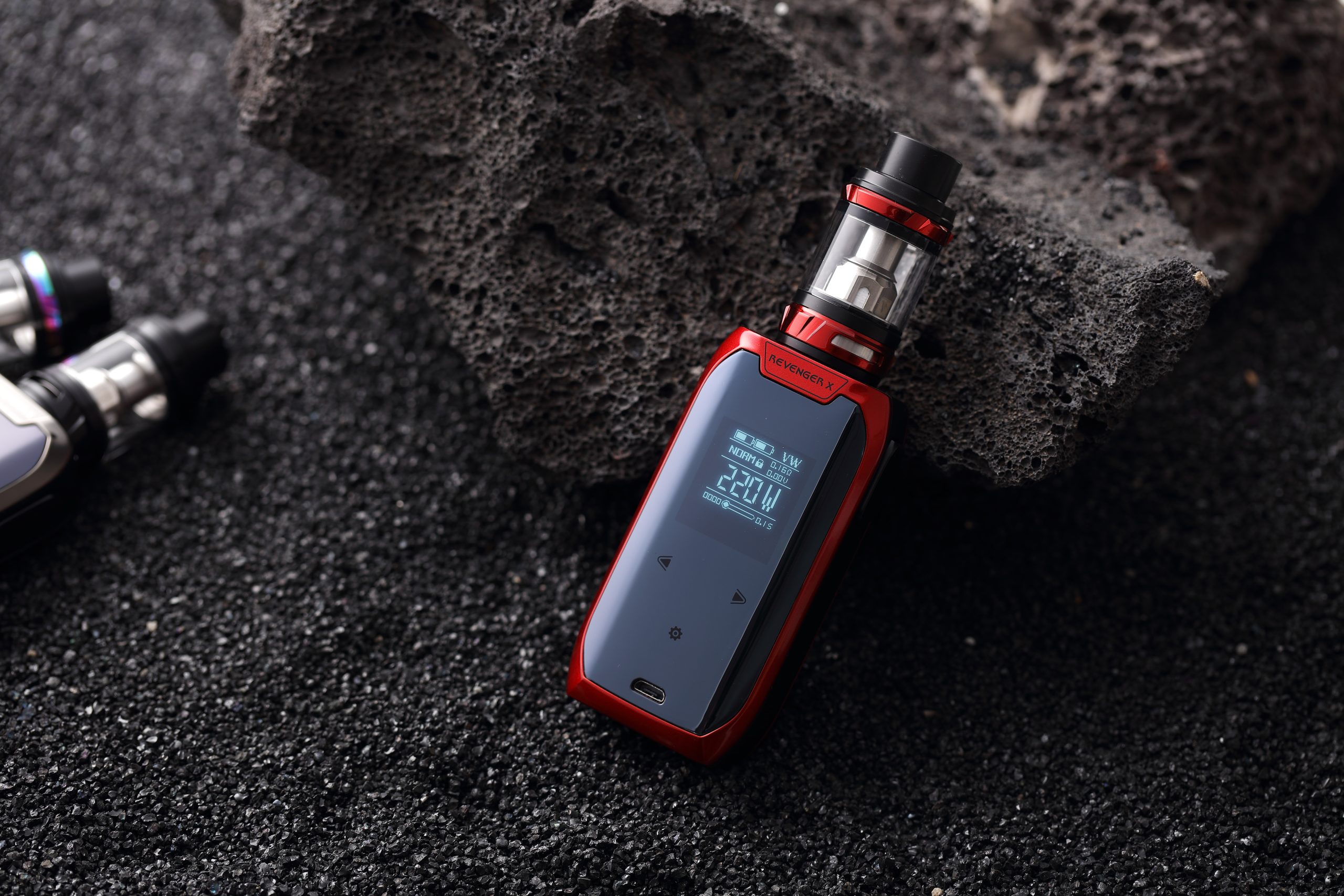Table of Contents
ToggleIntroduction:
In recent years, the popularity of disposable vape devices has skyrocketed. The convenience and affordability of these devices have made them a popular choice for many smokers. However, the environmental costs associated with these devices are significant. In this article, we will explore the environmental impacts of disposable vape devices.
What are Disposable Vapes?
Disposable vape devices are small, single-use electronic devices that are used to inhale nicotine or other substances. They are similar in appearance to traditional cigarettes, but instead of tobacco, they contain a liquid cartridge that is heated by a battery-powered coil to create an aerosol for inhalation.
Environmental Costs of Disposable Vapes:
- Waste:
One of the most significant environmental costs associated with disposable vape devices is the amount of waste they generate. After a single use, these devices are discarded and end up in landfills, where they can take hundreds of years to decompose.
- Battery Waste:
Disposable vape devices also contain lithium-ion batteries, which are not only harmful to the environment but also pose a significant fire risk. When these batteries are not disposed of properly, they can release toxic chemicals into the environment.
- Non-Biodegradable Materials:
Disposable vape devices are typically made of plastic, which is not biodegradable. When these devices are discarded, they can release harmful chemicals into the environment and can also pose a danger to wildlife.
- Carbon Footprint:
The production and transportation of disposable vape devices also contribute to their environmental costs. The energy used to produce and transport these devices creates a significant carbon footprint, contributing to climate change.
- Chemical Waste:
The liquid cartridges used in disposable vape devices contain a range of chemicals, including nicotine, propylene glycol, and vegetable glycerin. When these devices are discarded, the chemicals can leach into the environment, posing a threat to wildlife and ecosystems.
Solutions to Reduce the Environmental Costs of Disposable Vapes:
- Use Reusable Devices:
One of the best ways to reduce the environmental costs of disposable vape devices is to use reusable devices. Reusable devices are designed to be refilled with e-liquid and can be used multiple times, significantly reducing waste.
- Proper Disposal of Batteries:
Another way to reduce the environmental costs of disposable vape devices is to dispose of batteries properly. Many municipalities have battery recycling programs that make it easy to dispose of batteries safely.
- Biodegradable Materials:
Manufacturers can reduce the environmental costs of disposable vape devices by using biodegradable materials in their production. Biodegradable materials will break down over time, reducing the impact on the environment.
- Carbon Offsetting:
Manufacturers can also reduce the environmental costs of disposable vape devices by investing in carbon offsetting programs. These programs help to offset the carbon emissions produced during the production and transportation of disposable vape devices.
Conclusion:
Disposable vape devices have become increasingly popular in recent years due to their convenience and affordability. However, their environmental costs are significant. The waste, battery waste, non-biodegradable materials, carbon footprint, and chemical waste associated with disposable vape devices pose a threat to our environment. The solutions mentioned above can help reduce these environmental costs and ensure that we can enjoy the benefits of vaping without harming the planet.







